OlinuXino A64 Board - 1GB Ram / 16GB Flash - Wireless
ARM base Linux Embeded System - Single Board Nano Computer
- AllWinner A64 - 4 Core Cortex A53 - 1.2 Ghz - 64 bits
- 1Go Ram DDR3L - 672 Mhz
- 16Go eMMC (to store the OS)
- WiFi & BLE
- Gigabit Ethernet (10/100/1000)
- Lipo Charger
- Tonnes of GPIO
Payments are secured by LyraCollect, a French payment collection company.
It is possible to delivered to your home, to a pick-up point or picked up by appointment at MCHobby
We prepare, pack and ship your orders with great respect and care.
A powerful A64 Linux board for Linux based development
The OlinuXino A64 board is a powerful Linux based system running the AllWinner A64 processor. The A64 is a 64 bits ARM processor wiht 4 cores (Cortex A53). All the components on the board have been selected for quality and the board offers a lot of input/output, a physical Gigabit Ethernet port, 1Go of RAM, 4 Go of eMMC memory (to store the OS), an HDMI connector (support full HD video Full HD à 1080p), a WiFi & Bluetooth interface, a LCD screen interface, audio input & output as well as a good documentation. This board offer also many other feature.
The OlinuXino A64 board has a 40 pins GPIO 40 (which is now a kind of standard since Raspberry-Pi) with 2.54mm pin spacing (finaly!!) and a python support for the GPIO.
The A64 processor is so powerful than it is used at Olimex to create the very first open-hardware laptop (the TERES-1).
You can find more information on the manufacturer page.
16Gb eMMC & 1Go RAM
This version of the A64 board bring 16Gb of eMMC memory plus 1 Go of RAM.
The eMMC memory can be used to store the operating system instead of storing it on a microSD card (like the Raspberry-Pi does). It is like the microSD card was integrated to the board.
Why using a eMMC to store the OS?
An embedded system is supposed to be embedded into a car, a train, etc. So the board is vibrating and vibration are not good for mechanical parts on the board. So contact with the microSD in vibrating environment is not suitable as this may result in imperfect contact. Having a eMMC memory soldered on the board takes you away for mechanical issues with the operating system stored on microSD card. The contacts are also free from dusty conditions.
Even better, the eMMC memory is also wired on a "bus" with many signal lines (parallel acces) whereas a SD card is a serial interface (serial acess).
The eMMC offer better performances than NAND memory and eMMC offers a huge increase of performances regading to microSD card.
Installing notes?
Please, follow the Olimex procedure (see tutorial section) to flash the Operating System on the eMMC memory.
Intermediate level required
Using this board requires a minimum of knowledge in the Linux operating system area. The OlinuXIno boards uses a Debian Linux which is also used as base for Raspbian (the Raspberry-Pi's OS).
If you don't have any experience in the Linux area, we strongly recommend to start your experimentation with the Raspberry Pi (it would be an excellent teacher for you).
Technical data
- Allwinner A64 - 1.2 GHz Quad-Core ARM Cortex-A53 64-bit
- Memory: 1GB RAM DDR3L @ 672Mhz
- 16GB eMMC flash memory for storage and boot
- MicroSD card connector for cards up to 32GB
- Debug: serial UART debug header with 0.1" pins
- Wired connectivity: 10/100/1000Mbps GbE Ethernet
- Wireless connectivity: popular on-board WIFI and bluetooth 4.0 BLE module with built-in antenna
- Monitor output: HDMI output
- Display output: LCD output on 40-pin ribbon cable connector and MIPI DSI with 20-pin ribbon connector
- Audio: headphone output and microphone input with phone jacks (can be changed to Line-in and Line-out via jumpers)
- External power: power jack for 5V exeternal power supply
- Battery power option and built-in charger circuit: the board can be fully powered via 3.7 Li-Po battery
- USB connectivity: USB-OTG support on microUSB connector; USB host on USB type A connector; USB HSIC signals available on 4-pin header drills @ 0.1" step
- LEDs: power indication LED, battery charging status LED, user-programmable LED
- GPIO expansion: provided 40-pin header drills @ 2.54mm step with useful signals (like CSI camera interface and GPIOs)
- UEXT expansion: provided 10-pin header drills @ 2.54mm step for UEXT expansion
- optional SPI Flash on SO8 connector
- RTC battery expansion: pad provided for powering the RTC of AXP803
- Buttons: UBOOT button; RESET button; POWER button
- Four mounting holes
- PCB dimensions: (90.0 x 62.5)mm
Tutorials
- User guide (Olimex, pdf, English)
- board schematic (Olimex, English)
- Board size (Olimex)
- Olimex Forums
Hardware ressources
- A64-OLinuXino GitHub (Hardware's source files)
- See the Olimex product sheet for more information.
Software ressources
Link to the Operating System image, instructions, demo software and other, please see the "Software" section in the OlinuXino A64 Olimex's product sheet.
The Python package for A64 under Debian Linux is called pyA64. This package ease the access to the GPIO, I2C and SPI usage. It should already been available on the Debian image. You will find more information and code sample in the library (see the following link):
Evaluation Board/Kit Important Notice
The original text evaluation-board-notice is available at Olimex.
OLIMEX Ltd provides the enclosed product(s) under the following conditions:
This evaluation board/kit/module is intended for use for ENGINEERING DEVELOPMENT, DEMONSTRATION OR EVALUATION PURPOSES ONLY and is not considered by OLIMEX Ltd to be finished end-product fit for general consumer use. Persons handling the product must have electronics training and observe good engineering practice standards. As such the goods being provided are not intended to be complete in terms of required design-, marketing-, and/or manufacturing related protective considerations, including product safety and environmental measures typically found in the products that incorporate such semiconductor components or circuit boards. This evaluation board/kit/module does not fall within the scope of the European Union directives regarding electromagnetic compatibility, FCC, CE or UL and therefore may not meet the technical requirements of these directives or other related documents.
The user assumes all responsibility and liability for proper and safe handling of the goods. Further the user indemnifies OLIMEX from all claims arising from the handling or use of the goods. Due to the open construction of the product, it's the user responsibility to take any and all appropriate precautions with regard to electrostatic discharge, conducted and radiated emissions.
EXCEPT TO THE EXTENT OF THE INDEMNITY SET FORTH ABOVE NEITHER PARTY SHALL BE LIABLE TO THE OTHER FOR ANY INDIRECT SPECIAL INCIDENTAL OR CONSEQUENTIAL DAMAGES.

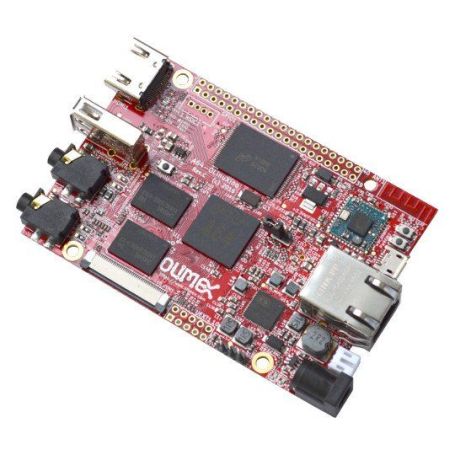








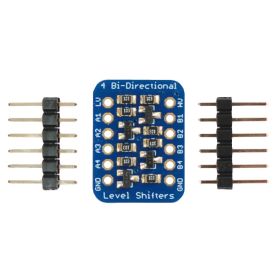
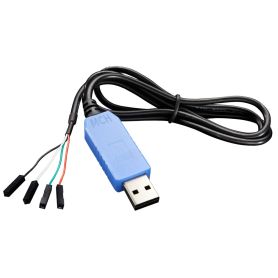
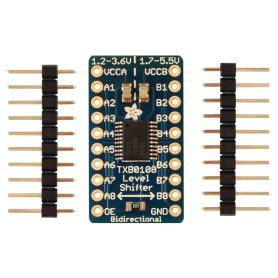
![[T] - Cobbler pour OlinuXIno Lime 2 & MICRO Cobbler pour OlinuXIno Lime 2](https://shop.mchobby.be/2143-home_default/cobbler-pour-olinuxino-lime-2.jpg)
![[T] - Ruban 40 GPIO - Empat. 1.27mm (0.05") - GPIO40 Ruban 40 GPIO 0.05"](https://shop.mchobby.be/2145-home_default/ruban-40-gpio-lime.jpg)
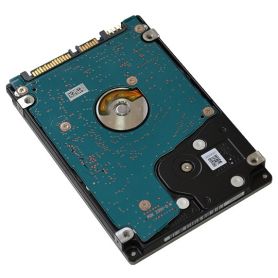
![[T] - Cable SATA (data + alim) Cable SATA (data + alim)](https://shop.mchobby.be/2149-home_default/cable-sata-data-alim.jpg)